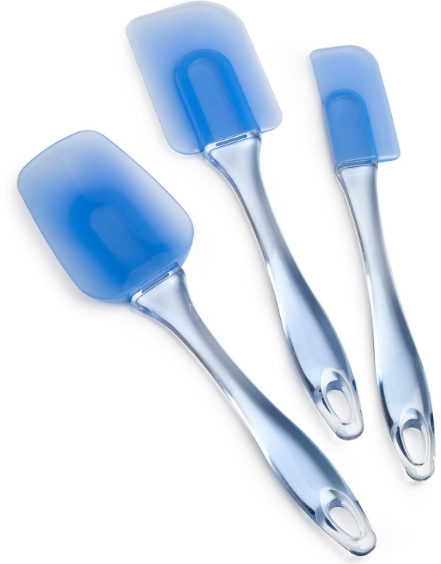As a professional manufacturer specializing in plastic kitchenware, we understand how critical it is to choose the right plastic material for optimal performance, appearance, and user experience. Different plastic materials have unique characteristics that directly influence kitchenware production and design. Here are some commonly used plastics, their features, and their applications in kitchenware manufacturing:
1. Polypropylene (PP)
Characteristics:
- Heat-resistant, suitable for environments above 100℃.
- Lightweight, reducing the overall weight of kitchenware.
- Excellent chemical resistance, making it safe for food contact and cleaning agents.
- Recyclable and environmentally friendly.
Impact on Design: PP is ideal for making food storage containers, measuring cups, and strainers that need to withstand hot water or direct food contact. Its ease of injection molding allows for the creation of intricate shapes or textured surfaces. Additionally, its lower production cost makes it a perfect choice for budget-friendly kitchenware.
2. Polystyrene (PS)
Characteristics:
- High rigidity with excellent transparency.
- Not heat-resistant, suitable only for low-temperature use.
- Brittle, with lower impact resistance.
Impact on Design: PS is commonly used for elegant-looking spice jar lids or display containers. Its transparency provides clear visibility of the contents, but its brittleness requires careful design to avoid thin-wall structures that could compromise durability.
3. Polyethylene (PE)
Characteristics:
- Flexible with excellent impact resistance.
- Moisture-resistant, preventing water absorption.
- Suitable for low temperatures but not high-heat environments.
Impact on Design: PE is often used for flexible scrapers or coated handles. Its flexibility enhances user comfort and extends product lifespan. However, due to its lower surface hardness, matte finishes or thicker designs are recommended to prevent scratches.
4. Polycarbonate (PC)
Characteristics:
- High transparency with a glossy finish.
- Strong impact resistance, more durable than PS.
- Heat-resistant, suitable for high-temperature environments.
Impact on Design: PC is the material of choice for premium kitchenware, such as blender containers or high-clarity storage boxes. Its higher cost necessitates precise and functional designs that highlight its premium quality.
5. ABS Plastic
Characteristics:
- Excellent toughness and impact strength.
- Smooth surface, available in various colors.
- Moderate heat resistance but not suitable for direct contact with hot food.
Impact on Design: ABS is commonly used for handles or decorative parts of kitchenware. Its smooth surface and color versatility allow for stylish yet practical products. However, its limited heat resistance means it should not be used for utensils in direct contact with cookware.
6. Nylon (PA)
Characteristics:
- High strength and wear resistance.
- Heat-resistant, suitable for environments up to 200℃.
- High moisture absorption, potentially affecting dimensional stability.
Impact on Design: Nylon is widely used for spatulas, skimmers, and other high-heat kitchen tools. Designers must account for its moisture absorption properties to avoid issues in precision applications. Adding fiberglass can enhance nylon’s strength and stability.
Conclusion

Selecting the right plastic material for kitchenware design impacts product performance and user satisfaction. As a professional plastic kitchenware manufacturer, we leverage our deep understanding of material properties to tailor solutions that meet client needs. If you have any inquiries or specific requirements for kitchenware production, feel free to contact us!

